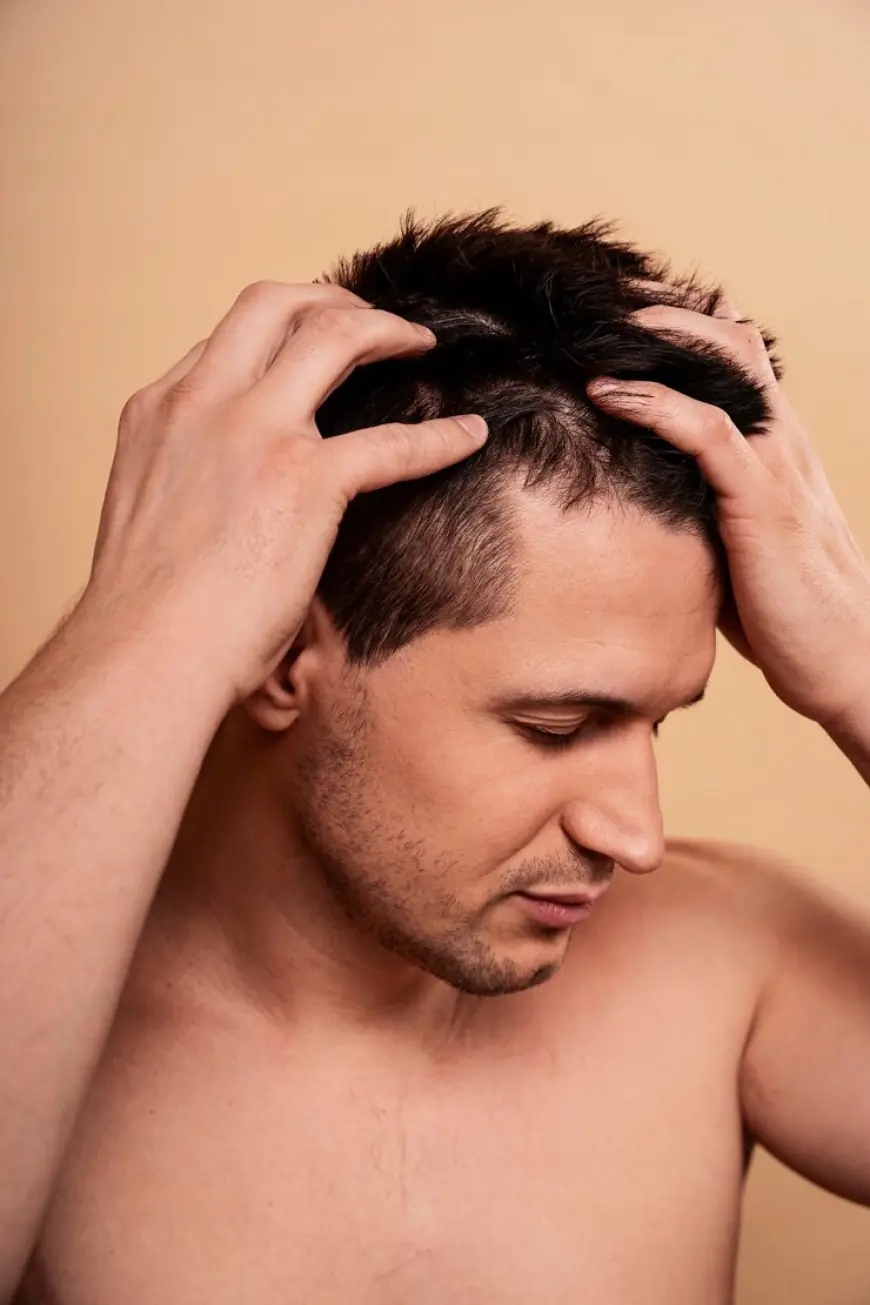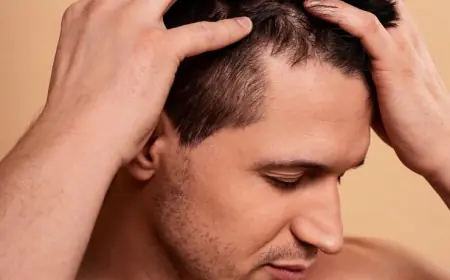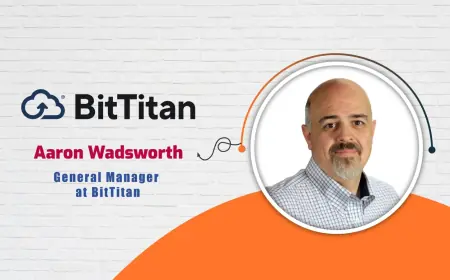Hair Transplants and Aging: It’s Never Too Late!
with the hairline receding and thinning at the crown. For women, hair loss usually becomes more noticeable in their 40s or 50s, often in the form of diffuse thinning across the scalp.

Hair loss is a natural part of the aging process for many people, but that doesn’t mean you have to accept it. Fortunately, modern hair restoration techniques, particularly hair transplants, have made it possible for individuals of all ages to restore their hair and confidence. Whether you’re experiencing thinning hair or a receding hairline, hair transplants can offer a viable solution, even in later stages of life.
In this blog, we will explore how hair transplants work for older individuals, why it’s never too late to consider this procedure, and what you can expect during the process.
1. Understanding the Impact of Aging on Hair Loss
As we age, the hair follicles naturally enter a resting phase, which leads to slower hair growth and thinner strands. This process, known as androgenic alopecia (or male/female pattern baldness), is primarily caused by a combination of genetics and hormonal changes. For men, hair loss typically begins in their 20s or 30s, with the hairline receding and thinning at the crown. For women, hair loss usually becomes more noticeable in their 40s or 50s, often in the form of diffuse thinning across the scalp.

Aging affects not only the thickness of hair but also the density of hair follicles. However, the fact that hair loss is common among aging adults doesn’t mean that you have to live with it. Hair transplants زراعة الشعر offer an effective solution, even for those who are older.
2. Why It’s Never Too Late for Hair Transplants
Many people wonder whether hair transplants are effective for older adults. The good news is that it’s never too late to have a hair transplant, as long as certain conditions are met. A hair transplant works by taking hair from areas where hair growth is still strong (usually the back or sides of the scalp) and transplanting it to areas of thinning or baldness. This makes it possible to restore natural-looking hair, regardless of age.
Key Factors for Older Candidates:
- Stable Hair Loss: The best candidates for hair transplants are those whose hair loss has stabilized. If you’re older and your hair loss has been steady for a few years, it means that the hair follicles in the donor area are still healthy and viable for transplantation.
- Good Overall Health: As with any surgery, it’s essential that older patients are in good overall health. While there’s no upper age limit for undergoing a hair transplant, it’s important to be free of major medical conditions that could affect the healing process.
In fact, some individuals even in their 60s or 70s have successfully undergone hair transplants and seen excellent results. The key is to have realistic expectations and work closely with an experienced surgeon who can help you achieve the best results possible for your unique situation.
3. What to Expect During the Procedure
The process of a hair transplant for older adults is much like the process for younger candidates, though certain adjustments may be made depending on the individual’s needs and the degree of hair loss.
Common Hair Transplant Techniques:
- FUE (Follicular Unit Extraction): FUE involves extracting individual hair follicles from the donor area and implanting them into the thinning or balding areas. This technique is less invasive, leaves no linear scarring, and generally has a quicker recovery time.
- FUT (Follicular Unit Transplantation): FUT involves removing a strip of skin from the donor area, harvesting the hair follicles, and transplanting them into the recipient area. While this technique leaves a linear scar, it may be more suitable for patients who require a larger number of grafts.
During the procedure, the scalp is numbed with local anesthesia, ensuring that the process is virtually painless. The procedure can last several hours, and patients may need to return for multiple sessions depending on the extent of hair loss.
4. Benefits of Hair Transplants for Older Adults
Hair transplants offer numerous benefits for individuals looking to restore their hair, particularly older adults who may have been living with hair loss for years.
Key Benefits:
- Natural Results: One of the most significant benefits of hair transplants is the natural appearance of the results. The transplanted hair is your own, which means that the texture, color, and growth pattern will match seamlessly with your existing hair.
- Improved Self-Esteem: For many people, hair loss can be a blow to their self-confidence, especially as they age. Hair restoration through a transplant can help older adults feel more youthful and boost their self-esteem.
- Long-Term Solution: Once the transplanted hair begins to grow, it will continue to grow for a lifetime, just like the hair in the donor area. This makes hair transplants a long-term solution to hair loss, unlike temporary treatments such as medications or hairpieces.
- Non-Invasive Alternatives to Wigs: For those who have been relying on wigs or hairpieces to cover thinning hair, a hair transplant offers a permanent solution that eliminates the need for these external aids.
5. Post-Operative Care and Recovery
As with any surgical procedure, proper aftercare is essential to ensure the success of a hair transplant. For older adults, the recovery process may take a bit longer, but the results are worth it.
Post-Op Care Tips:
- Rest and Avoid Physical Activity: The first few days after the procedure are critical for recovery. Avoid strenuous activities and make sure to rest to promote healing.
- Follow Cleaning Instructions: Your surgeon will provide specific instructions for cleaning and caring for your scalp post-transplant. Follow these instructions carefully to avoid infection and support the healing process.
- Hair Growth Timeline: It’s important to remember that hair transplants don’t produce immediate results. Transplanted hair will typically begin to fall out within the first 2–3 weeks, but new hair will begin growing back within a few months. Full results may take up to 12 months to appear.
6. Considerations for Older Adults
Although hair transplants can be highly effective for older adults, there are some additional considerations to keep in mind:
- Expectations: Older patients may have a more limited supply of healthy hair follicles, which could affect the final results. In such cases, your surgeon may recommend a more conservative approach to avoid overharvesting the donor area.
- Health Conditions: If you have certain medical conditions, such as heart disease, diabetes, or high blood pressure, your surgeon may require a medical clearance before proceeding with the procedure.
- Thinning Donor Area: In some cases, older individuals may experience thinning in the donor area, which could limit the number of available follicles for transplantation. Your surgeon will evaluate the donor site thoroughly before recommending a treatment plan.
Conclusion
Hair transplants are no longer just for younger individuals. It’s never too late to consider this life-changing procedure, even as you age. With proper consultation, realistic expectations, and careful post-operative care, older adults can successfully undergo hair transplants and enjoy the benefits of restored, natural-looking hair.
What's Your Reaction?
 Like
0
Like
0
 Dislike
0
Dislike
0
 Love
0
Love
0
 Funny
0
Funny
0
 Angry
0
Angry
0
 Sad
0
Sad
0
 Wow
0
Wow
0





















































